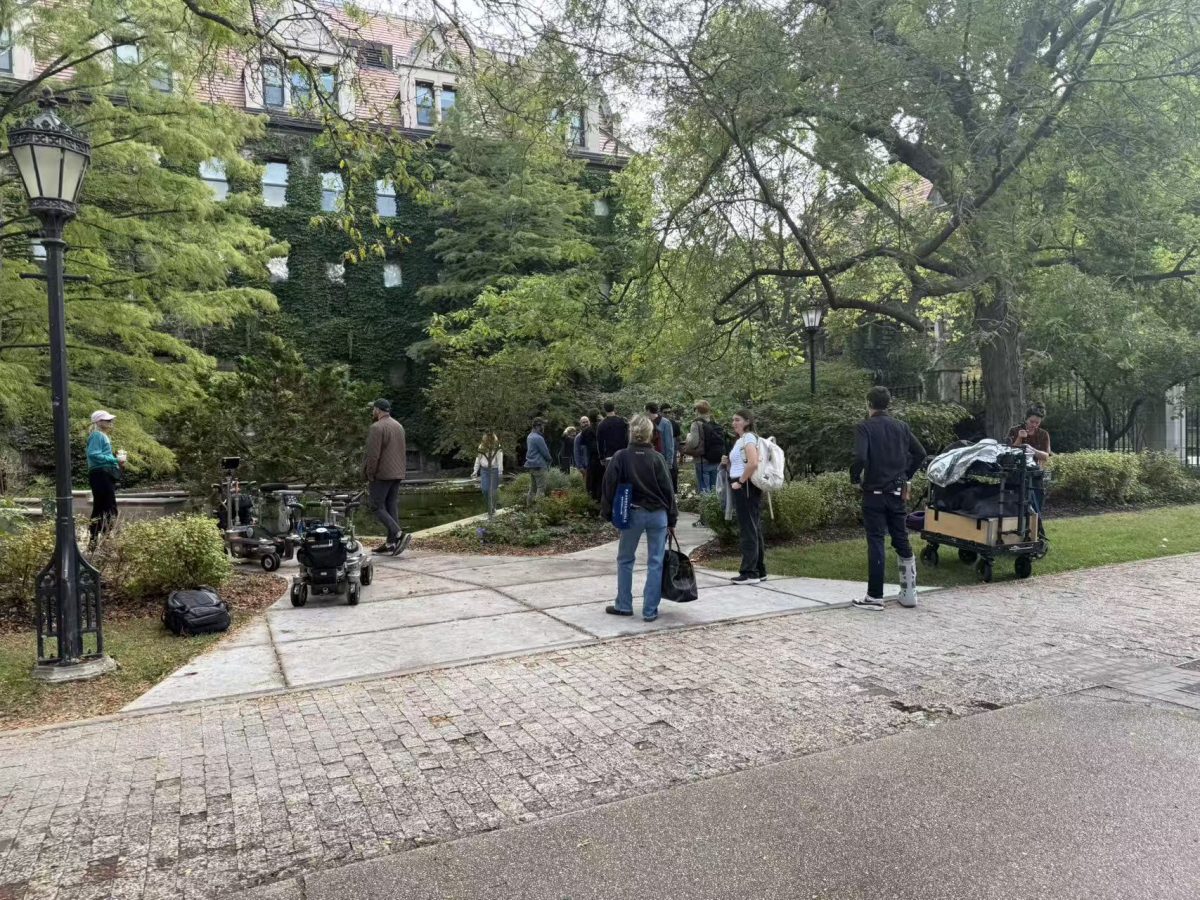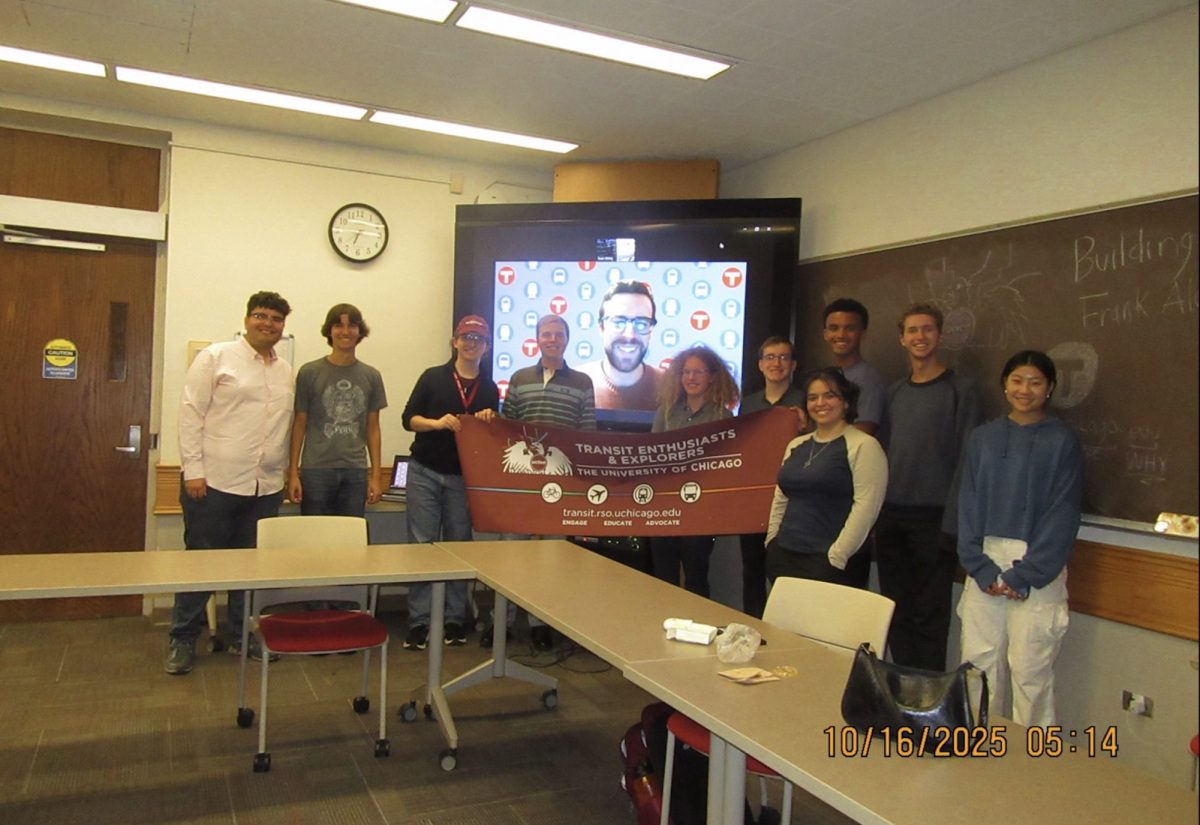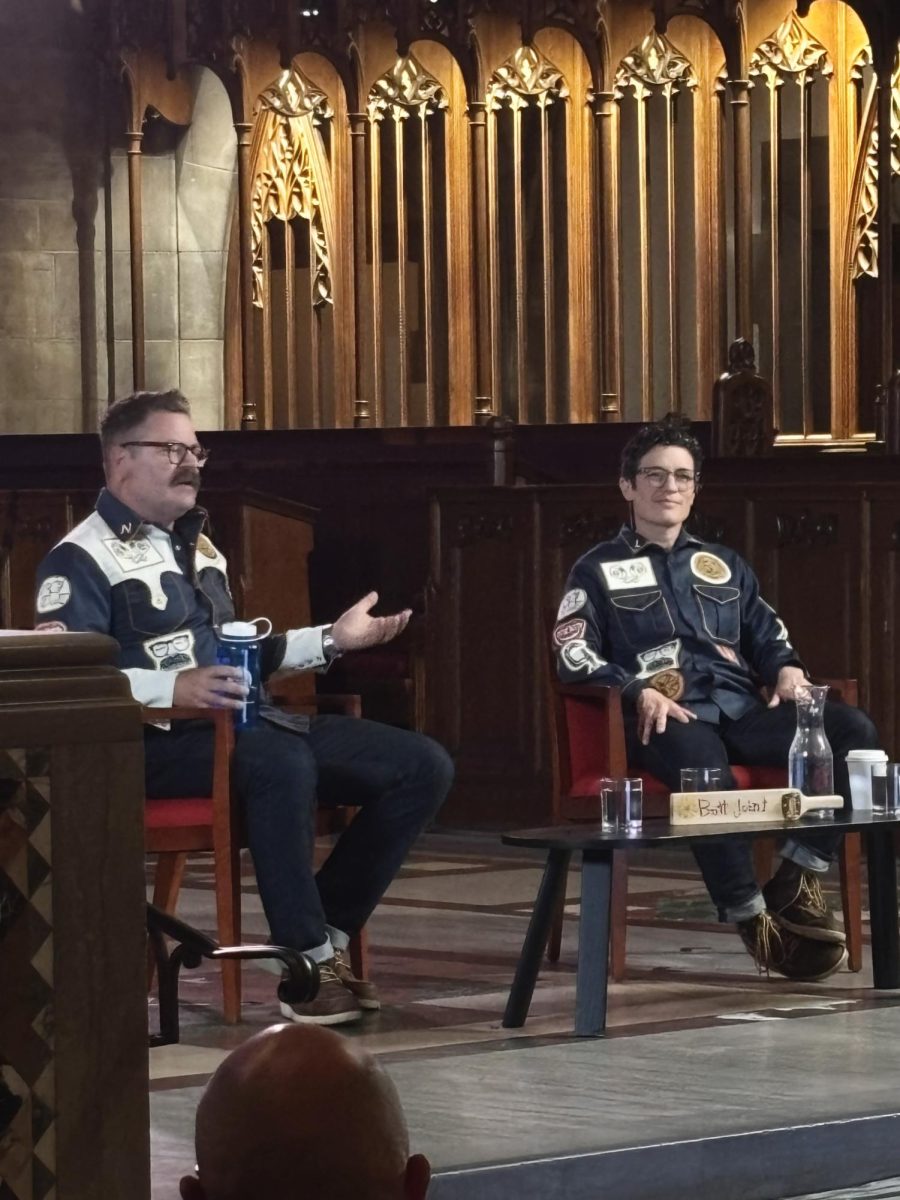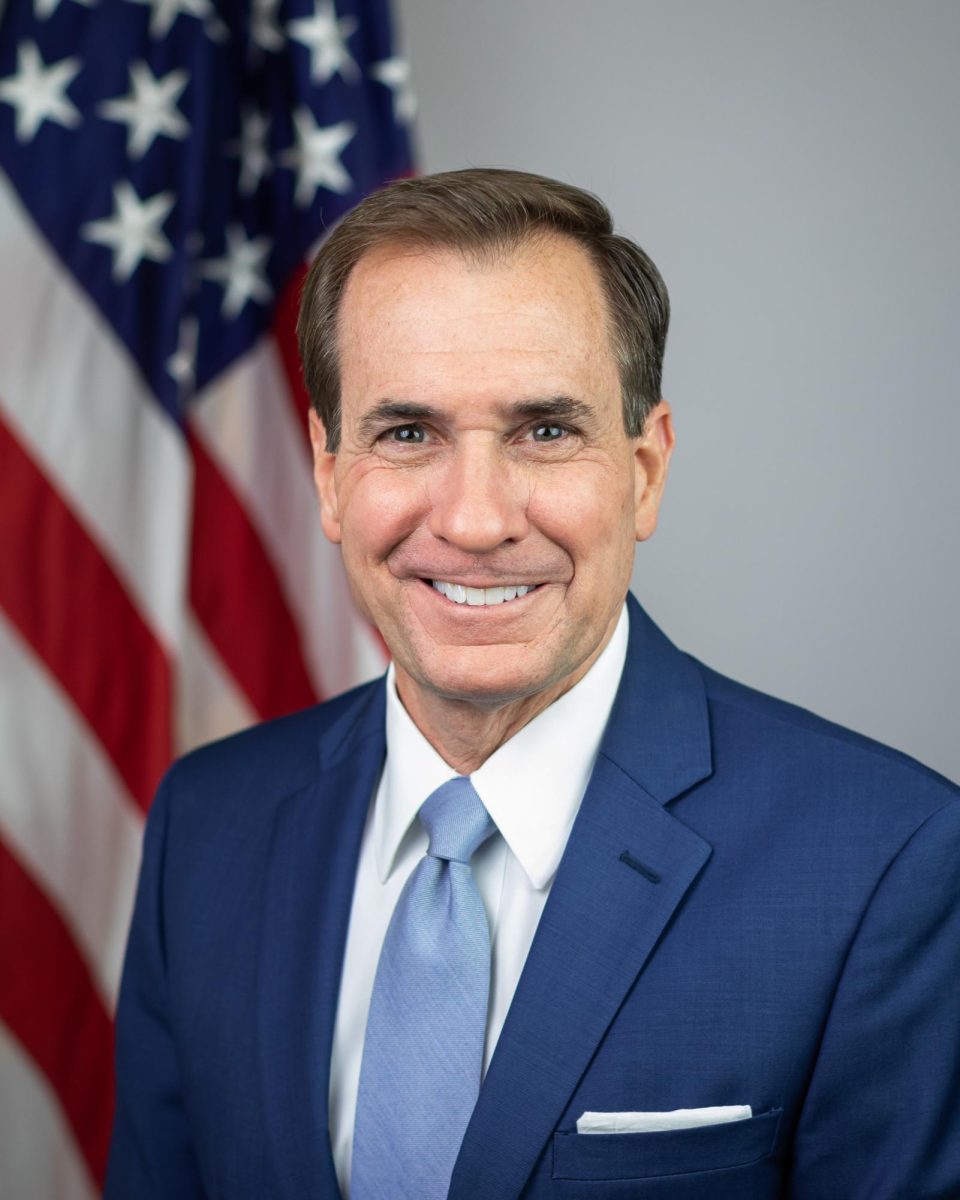Even as blacks were systematically excluded from many facets of American life throughout the 1930s and ’40s, Hollywood was trying to find ways to tell their stories. The cinematic adaptations of works by black writers were far from straightforward, however, according to a lecture given at the Film Studies Center by Elizabeth Binggeli, a postdoctoral instructor in the English and Cinema and Media Studies departments.
Binggeli used Zora Neale Hurston’s 1948 novel Seraph on the Sewanee as a lens through which to explore the circular track taken by the stories of black writers through the studio system: from authors to studio readers to screenwriters to producers and back to authors. According to Binggeli, this system created expectations about race in film that influenced Hurston’s work.
“Hollywood’s voracious appetite for stories led them actively to pursue African-American narratives, but just as surely to deracinate them or in the end to reject them,” said associate professor James Lastra, who introduced Binggeli. While studios read thousands of works a year to satisfy their need for new material, the works of black authors such as Langston Hughes and Chester Himes were generally considered either too realistic in their depictions of the daily challenges of black life or too positive in their narratives of successful, independent blacks to appeal to a white audience.
When writing Seraph on the Sewanee, Hurston attempted to avoid the tension between the studio’s desire to ignore the unattractive aspects of contemporary black life and the studio’s concerns about the audience’s reaction to an empowered black protagonist: the novel differs from Hurston’s other work most markedly in its use of a white protagonist. According to correspondence cited by Binggeli, Hurston hoped she could duplicate the success of literary adaptations focusing on poor rural whites such as MGM’s The Yearling.
When they did choose to adapt the stories of black authors, Hollywood studios “systematically reworked… African-American literary productions into narratives that recast social problems as personal ones and racial injustice as the product of individual villainy,” Lastra said. Such institutionalized racism, Binggeli concluded, forced studios in the ’30s and ’40s to misunderstand and reject black narratives, including those that dominated Hurston’s work.








